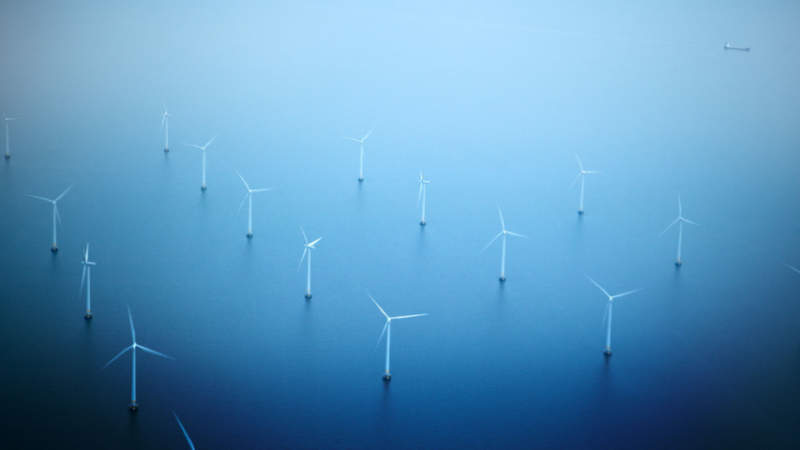Has the time come for offshore wind power to take its place in Australia?
Energy
Energy
Australia’s national energy mix is a study in contrasts. While the vast majority of our energy supply still comes from fossil fuels, we also have one of the world’s highest adoption rates for rooftop solar power.
Energy generation from wind, utility-scale solar and distributed rooftop solar generation reached 14.7 per cent of Australia’s total energy mix for the 12 months to October 2019, up from just over 1 per cent a decade ago.
However, concerns have been raised about the country’s venerable brown coal-fired power plants.
Think tank The Australia Institute says the Loy Yang A and Yallourn plants in Victoria are the least reliable generating facilities in Australia, accounting for a total of 55 breakdowns between December 2017 and June 2019.
This analysis supports the Australian Energy Market Operator’s assessment that Victoria’s ageing thermal power system is the least reliable in the country.
All this could change if Copenhagen Infrastructure Partners’ (CIP) proposed $8 billion offshore wind project “Star of the South” takes off.
Despite sounding like the name of a cruise ship, Star of the South is a serious project that would have a massive 2.2 gigawatt power generation capacity from wind turbines located off the south coast of Gippsland.
These will transmit electricity to a connection point in the Latrobe Valley where it will be distributed to hundreds of thousands of Victorian homes.
The location was chosen due to strong and consistent winds, relatively low water depths and access to ports.

While the high capital cost of the Star of the South requires caution, the Institute for Energy Economics and Financial Analysis (IEEFA) said the project opens up the promise of local and skilled jobs, the development of a replacement industry for the Latrobe Valley, and other economic opportunities in adjacent sectors.
The Commonwealth Scientific and Industrial Research Organisation (CSIRO) of Australia calculates the levelized cost of energy (LCOE) for wind and solar – the average minimum price at which electricity must be sold in order to break-even over the lifetime of a project – to be between $50 and $60 per megawatt hour (MWh).
This compares with the LCOE of $80-110/MWh for thermal coal and $60-120/MWh for gas-fired electricity.
The CSIRO expects the LCOE of solar to further decrease to $30-40/MWh by 2050 and the LCOE of thermal coal and gas-fired power to remain in the same ballpark in real terms as today’s costs.
In comparison, while Star of the South will have a capital cost per megawatt of capacity of about $3.6m, more than double that of an onshore project, IEEFA director of energy finance studies Tim Buckley told Stockhead that the offshore wind diversification benefits would make this wholesale electricity more valuable in terms of time-of-day delivery than onshore wind or solar.
This is due in part to the higher operating rate of 50 to 55 per cent compared to 30 to 35 per cent for an onshore wind power project.
“The investment requirements of port upgrades and logistics to support the construction of the project adds to the project establishment costs,” IEEFA research analyst Kashish Shah said.
“However, offshore wind, although being a variable source of power, operates at a utilisation rate of 50-55 per cent, so this will offer greater reliability as well as supply diversity on the grid than is currently being experienced.”
Star of the South will generate enough power to allow for the decommissioning of some of the old, polluting and unreliable units of the two brown-coal stations, according to IEEFA.
“IEEFA expects offshore wind to be increasingly viable as a third alternative source of zero emissions renewable energy globally over the coming decade, complementing the penetration of onshore wind and solar,” Buckley said.